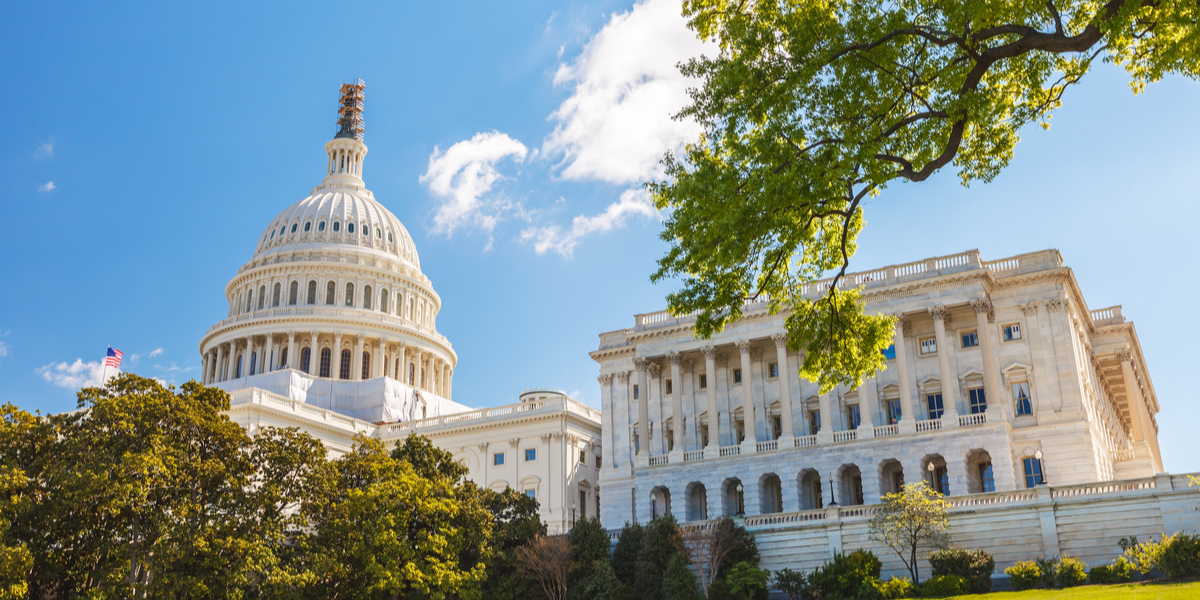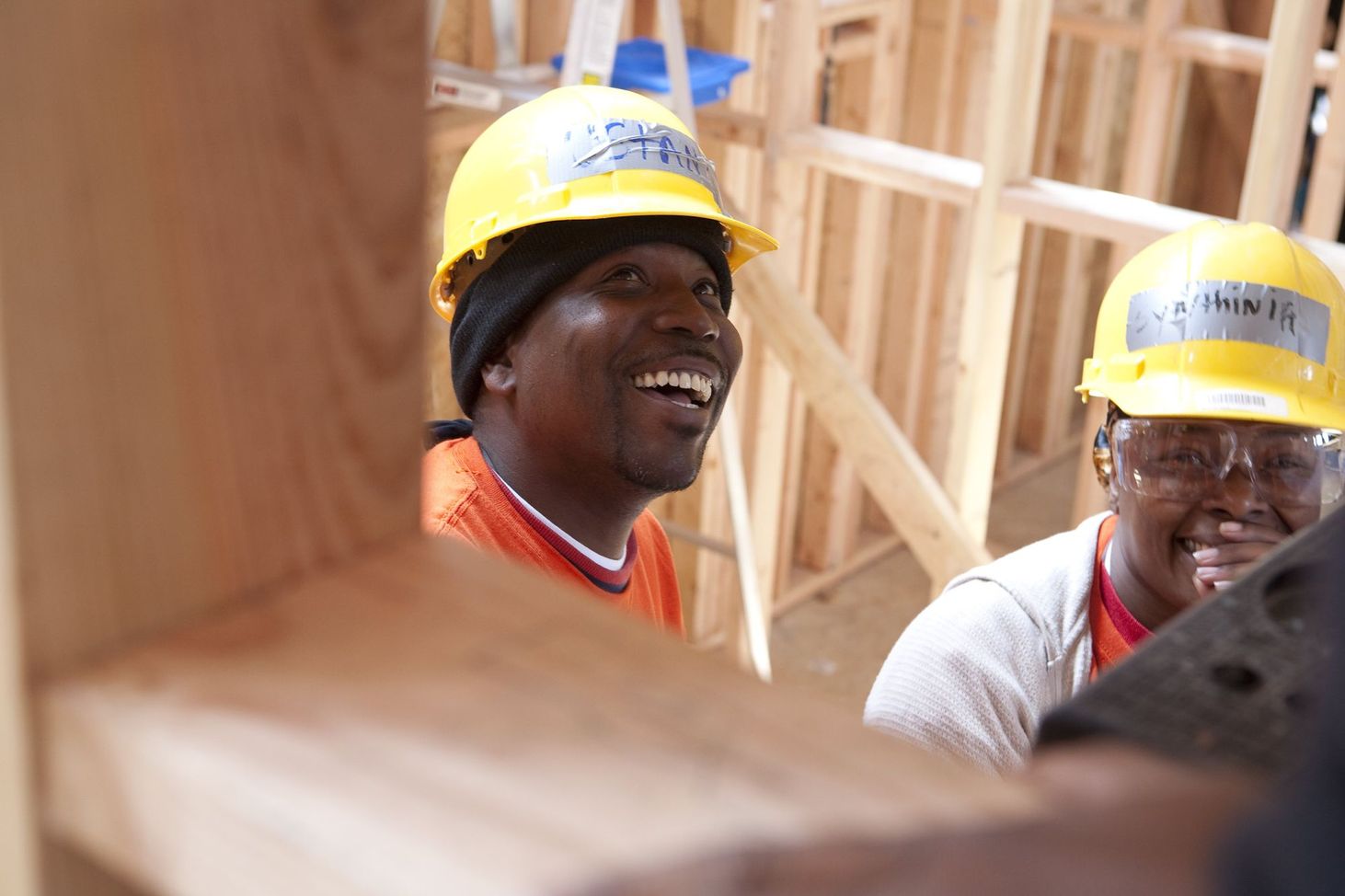BETTER Building Efficiency is Now Possible With Data-Driven Energy Analysis
Let's Save Energy
Alliance to Save Energy's Blog
BETTER Building Efficiency is Now Possible With Data-Driven Energy Analysis

By Carolyn Szum, Program Manager at Lawrence Berkeley National Laboratory
While transportation and industry tend to come to mind when people think of the primary culprits of energy consumption, another sector globally actually tops that list: buildings. The buildings sector is the world’s largest source of primary energy consumption – 40% – and ranks second after the industrial sector as a global source of direct and indirect carbon dioxide emissions from fuel combustion according to a forthcoming book chapter, “Global Opportunities and Challenges in Energy and Environmental Issues in the Buildings Sector.” According to the World Economic Forum, nearly half of all energy consumed by buildings could be avoided with new energy-efficient systems and equipment.
Traditionally, preparing buildings for energy efficiency retrofits can be a complex, time-intensive, and expensive process which requires carefully defined and calibrated simulation models and on-site energy audits. These obstacles often prevent many building owners from pursuing the cost-saving retrofits. However, advancements in the science of data-driven, remote building energy analysis are enabling building operators worldwide to target and benefit from building energy efficiency improvements at a lower cost – and many for the first time.
In June, Lawrence Berkeley National Laboratory and Johnson Controls released the beta version of the Building Efficiency Targeting Tool for Energy Retrofits (BETTER) – a free, open-source web application available here. By analyzing easily-accessible building data and energy usage in response to weather conditions, BETTER quickly benchmarks a building’s or portfolio’s energy use against peers and quantifies actual energy, cost, and greenhouse gas reduction potential. BETTER is then able to recommend energy efficiency improvements to turn this potential into reality.
Additionally, the source code of BETTER’s modular, cross-platform analytical engine also can be adopted, redeveloped, and redistributed freely under an open-source license, allowing users to incorporate the tool’s analytical capabilities into their own software platforms and applications. Any enhancements to the code are shared, contributing to ongoing improvements to the tool.
In this unprecedented time of a global pandemic, BETTER’s analysis can also be completed without on-site audits or inspections, enabling energy efficiency workers to continue to plan and develop building retrofit and commissioning projects. This can help preserve jobs during a time when nearly 400,000 energy efficiency workers have been left unemployed because of COVID-19. Moreover, because of the minimal data inputs and easy data entry process, BETTER fosters equity and energy justice by ensuring that detailed no-cost, low-cost, and capital improvement recommendations are available for buildings in the most economically disadvantaged communities.
An earlier version of BETTER has already been used by a number of organizations around the world:
- Energy Resources Integration L.L.C. (ERI) is analyzing and benchmarking almost 450 client sites to prioritize and streamline energy efficiency efforts and select ideal buildings for performing detailed energy audits.
- Prince William County Public Schools, the second largest school division in Virginia, is using the tool to quantify the energy and cost savings potential of its buildings to target efficiency improvements.
- The World Resources Institute and other Building Efficiency Accelerator (BEA) partner organizations are providing technical assistance and training on the BETTER tool to the BEA network of 55 cities in 25 countries around the world.
- Florida Gulf Coast University is incorporating BETTER's energy analytics into its sustainability-focused Environmental and Civil Engineering curriculum, providing basic training for the next generation of cloud and field based comprehensive energy workers.
- Energy General L.L.C. of Connecticut is using BETTER to target building retrofits in under-served communities at scale.
The City of Cambridge, Massachusetts, and the C40 Cities Climate Leaders Group are also using BETTER in pilot initiatives.
We’re excited to be taking the science of energy analysis into a new age of application that will make the cost saving and emission-reducing benefits of energy efficiency more accessible for all. Learn more about whether BETTER may be suitable to support your state, local, or organizational building efficiency goals here.
STAY EMPOWERED
Help the Alliance advocate for policies to use energy more efficiently – supporting job creation, reduced emissions, and lower costs. Contact your member of Congress.
Energy efficiency is smart, nonpartisan, and practical. So are we. Our strength comes from an unparalleled group of Alliance Associates working collaboratively under the Alliance umbrella to pave the way for energy efficiency gains.
The power of efficiency is in your hands. Supporting the Alliance means supporting a vision for using energy more productively to achieve economic growth, a cleaner environment, and greater energy security, affordability, and reliability.



